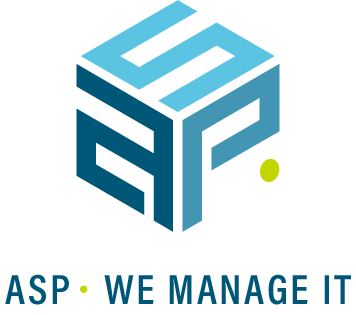How to walk the ITIL change management walk?
Commonly a IT service management process is based upon a series of best practices bundled by the Information Technology Infrastructure Library (ITIL).
ITIL is a methodology, not predefined and a fixed model, with a sequence of best practices of which IT departments generally chose to implement 2 processes when they start: Incident and Change Management.
Change management, as defined by the ITIL framework, is part of “Service Transition”, meaning transitioning some new service from the service design phase into the service operation phase. It ensures that standardized methods and procedures are used for efficient handling of all Changes. Change management can be tailored to your needs as it isn’t a fixed set of rules.

Change Management
Change Management is the process used for managing the planned deployment of alterations to all configuration items (CI) in the configuration management database (CMDB) that are a part of a business’s environments.
A Change is an event that:
Major Service Level Agreements commonly stipulate that ITIL governance processes need to be applied on all the delivered services.
How to walk the walk?
Let us start by clearing the fog: ITIL’s change management is a philosophy, not an executable application, it is a way to do deliver a better service. Change management makes a clear distinction between four types of changes: a standard, a normal change, a change with big impact, and a complex change where other stakeholders are involved.
Standard Change
A “Standard” change is sometimes also referred to as a service fulfillment and/or service request. It’s a change to a service or infrastructure for which the approach is pre-authorized and that has an established procedure to deliver a specific predefined outcome.
The characteristics of a standard change are:
Other Changes
A normal or non-standard Change needs to be formalized by means of a Request for Change (RfC) document that will be reviewed, assessed and approved by the Change Manager, the Change Advisory Board (CAB) or the extended Change Advisory Board. These type of changes are the strength of our Continuous service improvement with WoW factor.
The activities of the Change Management process are:
1. Record Requests for Change
2. Change logging
3. Review the request for Change
4. Assess and evaluate the Change
5. Implementation plan and window
6. Allocation of resources
7. Change planning and scheduling (Change calendar)
8. Authorizing the Change
9. Coordinating Change implementation
10. Review and close Change record
Conclusion
While documenting the technical implementation, the pre-/post- testing actions and the rollback plan, our engineers will be analyzing the current & future setup enabling them to spot gaps and missing details which will result in: a faster implementation, higher quality, less mistakes and fewer errors within the agreed maintenance window.
Change management with a WoW effect is there to help you, it results in high quality services as it enforces the thinking process before the acting.
Risk & impact mitigation helps to reflect upon the business impact and possible risks of the implementation; in combination with the worst case scenario definition, our engineers will reduce the impact to a minimum and limit the risk by putting safety measurements in place, such as a test and a roll-back plan. This test and roll-back plan will enable the engineer to restore the service in case of issues within the predefined maintenance window.


